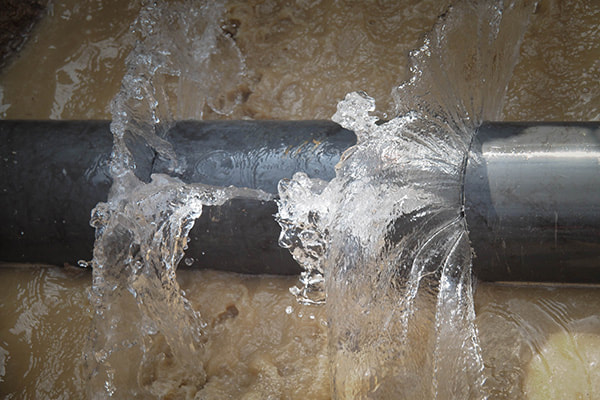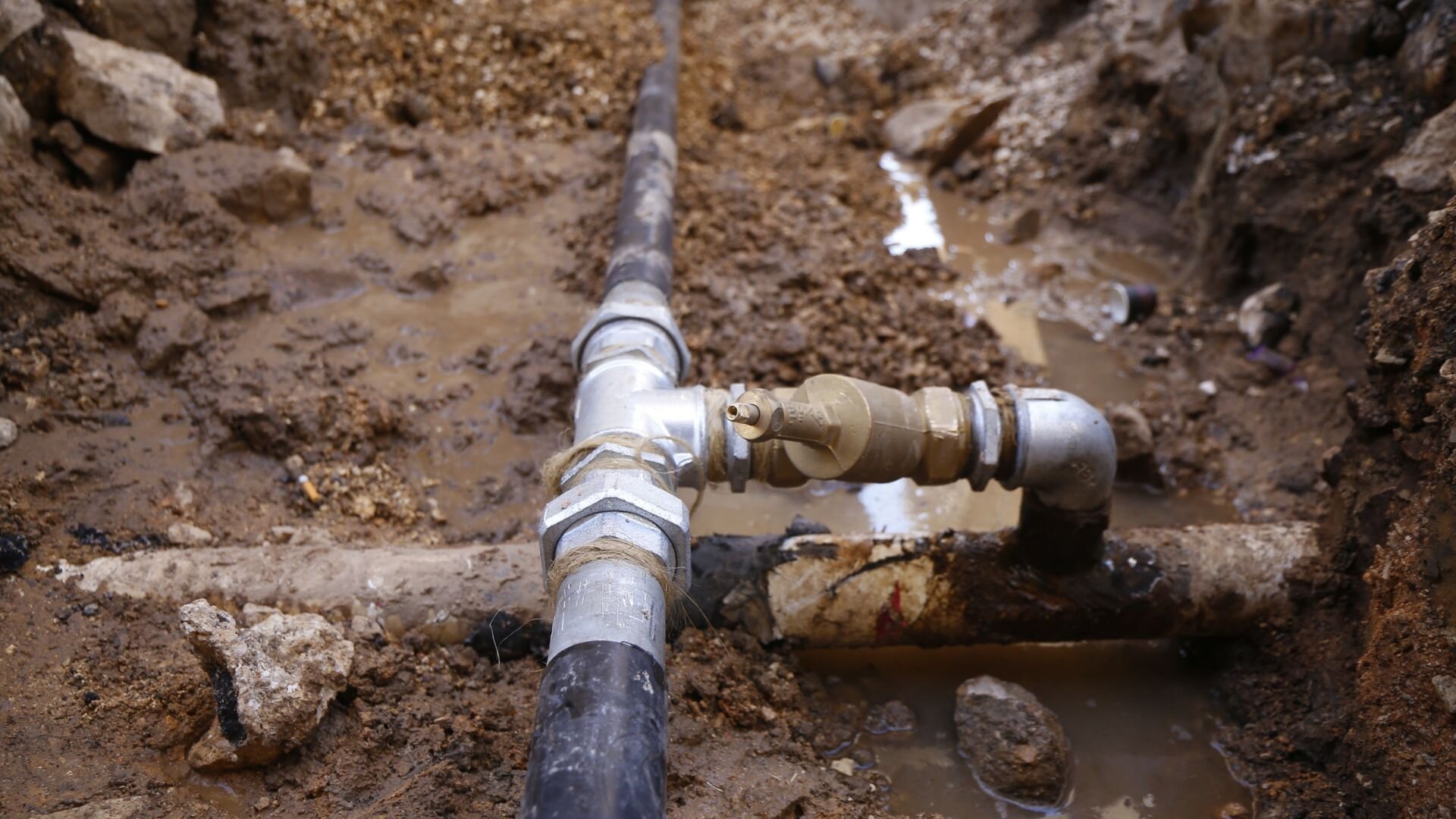Preventing Burst Piping: Necessary Tips to Safeguard Your Pipes
Preventing ruptured pipes is an important concern for home owners, particularly during chillier months when the danger of freezing is heightened. Carrying out critical measures such as proper insulation, regular examinations, and maintaining regular interior temperature levels can dramatically minimize the likelihood of pipe failing. In addition, understanding emergency situation treatments outfits homeowners to respond quickly to prospective plumbing issues. Numerous are unaware of the details susceptabilities that their pipelines may face. Exploring these susceptabilities can give invaluable understandings right into securing your plumbing system properly.
Understand Pipeline Vulnerabilities
Understanding pipeline vulnerabilities is crucial for efficient plumbing upkeep and stopping costly damages. A number of factors add to the vulnerability of pipelines to bursts, consisting of material structure, age, and ecological problems. Older pipes, particularly those made from galvanized steel or polybutylene, often weaken in time, bring about enhanced threat of leakages and ruptures.
Temperature variations can also significantly impact pipe integrity. In colder environments, water caught in pipes can ice up, broadening and exerting stress on the pipeline walls, which may inevitably lead to a ruptured. High water pressure can stress pipes, especially at bends and joints, enhancing the possibility of failing.

Insulate Water Lines Appropriately
Correct insulation of pipelines is vital for preventing freezing and succeeding ruptureds during winter (burst pipe). Protecting your pipes system properly safeguards versus temperature level drops that can lead to expensive damage. Begin by determining susceptible areas where pipes are subjected to exterior temperature levels, such as basements, attics, and exterior walls
Use foam pipe insulation sleeves or wrap insulation tape around these locations to give a safety obstacle. Guarantee that all sections of the pipes, specifically those with minimal warm direct exposure, obtain ample insulation. Pay unique interest to joints and fittings, as these are much more vulnerable to cold.
When shielding, it's necessary to choose products that meet neighborhood building regulations and are proper for the certain environment. Fiberglass insulation is usually advised for its thermal resistance buildings. Furthermore, think about utilizing heat wires or tape in extreme conditions, which can be plugged in to provide supplementary heat
Routinely check shielded pipes for any signs of wear or damages, as endangered insulation can lessen its efficiency. By taking these aggressive steps, you substantially minimize the threat of pipe ruptureds, guaranteeing a dependable pipes system throughout the winter season.
Maintain Regular Temperature
A secure interior temperature is important for protecting against burst pipes throughout the freezing months. When temperatures drop, water within pipes can ice up, producing and expanding stress that may ultimately create the pipes to ruptured. To minimize this risk, house owners should maintain a regular temperature throughout their home, ideally no less than 55 ° F(13 ° C)Using a programmable thermostat can help take care of interior temperature levels effectively, making sure that areas with pipes remain warm even when your home is empty. Pay unique attention to areas that are much more vulnerable to chilly, such as attic rooms, garages, and cellars. Maintaining cupboard doors open under sinks can additionally permit warmer air from my site the home to flow around pipes.
Furthermore, it is sensible to enable faucets to trickle somewhat during severe cold link snaps. This small circulation of water can protect against freezing by relieving pressure within the pipes. Throughout particularly serious weather condition occasions, think about momentarily suspending any nighttime obstacles on your thermostat to keep a steady warm atmosphere. By executing these methods, house owners can significantly decrease the threat of pipeline ruptureds and protect their pipes systems versus the extreme winter months components.
On A Regular Basis Inspect Plumbing
Regular inspections of pipes systems are vital for preventing burst pipes and keeping overall home integrity. Throughout these examinations, it is vital to take a look at noticeable pipelines for signs of rust, leaks, or use.
Furthermore, evaluating joints and links is vital, as these factors are typically prone to leaks. House owners ought to additionally analyze water pressure degrees, as too much pressure can strain the pipes system and raise the threat of pipeline ruptureds.
Consider organizing specialist pipes assessments at the very least annually, particularly prior to winter, to guarantee your system is planned for colder temperatures. Routine assessments not only aid in recognizing immediate concerns but additionally foster lasting maintenance techniques that can improve the life expectancy of your plumbing system. By being proactive in your technique, you can secure your home versus the pricey and turbulent repercussions of burst pipelines. Focusing on plumbing assessments is an investment in your house's wellness and security.
Know Emergency Procedures
Recognizing emergency procedures is essential for every home owner, particularly after performing regular plumbing examinations. Being prepared for a pipes emergency can substantially mitigate damages and save prices.
Next, keep essential devices useful. A pipes emergency situation set must consist of a wrench, plunger, and towels, along with a flashlight and a pail for tiny leakages. Furthermore, think about having the contact info for a trusted plumbing technician easily offered, should the circumstance escalate past your control.
If you discover a leak or burst pipeline, right away shut off the water and inform your plumber. Record the damage with pictures for insurance purposes. Recognize the indications of potential pipes problems, such as uncommon water pressure variations or damp spots on wall surfaces
Inevitably, proactive expertise and swift activity are critical in handling plumbing emergency situations, ensuring your home remains safeguarded and reducing potential damage.

Final Thought
Finally, preventing burst pipes requires a diverse strategy that consists of understanding pipeline vulnerabilities, proper insulation, maintaining constant indoor temperatures, regular assessments, and expertise of emergency situation treatments. By carrying out these necessary techniques, the threat of plumbing failures can be significantly minimized, therefore making sure the durability and performance of the plumbing system. Aggressive steps not only protect against prospective damage but also add to general water preservation and the protection of residential or commercial property.
In cooler environments, water caught in pipelines can freeze, broadening and applying stress on the pipe walls, which may inevitably lead to a burst. When temperature levels drop, water within pipelines can freeze, expanding helpful hints and producing pressure that may eventually trigger the pipelines to burst. By applying these methods, home owners can considerably minimize the threat of pipeline ruptureds and secure their plumbing systems against the extreme winter months components.

Comments on “Preventing a Burst Pipe: Tips for Protecting Your Plumbing During Winter”